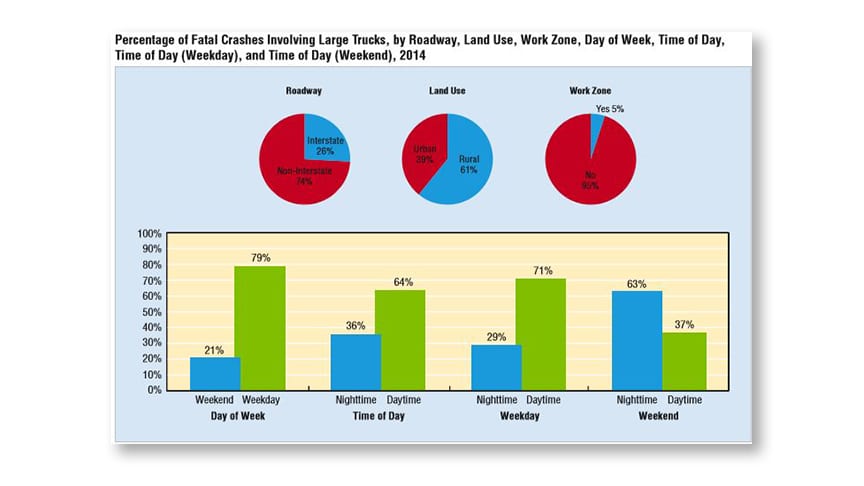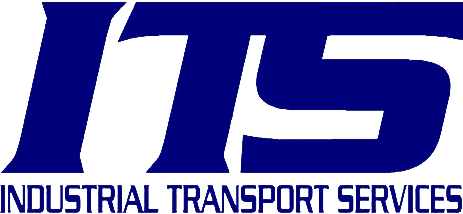Small Roads May Mean Big Problems
When I was a commercial truck driver, I preferred to mix up the scenery and take alternate routes when feasible. My logic was simple – to break up the monotony of interstate driving and take in scenery I hadn’t encountered before.
It makes sense, right? And it’s probably your logic when you venture off the big road and take a ride down the unfamiliar, state and county roads. Why not take the benefits of having a career like yours and make the most of them?
Safety Numbers by Road Type
As intriguing as the idea may be, there’s a good reason to keep your big rig on the big road. According to a 2014 report by the National Highway Transportation and Safety Administration (NHTSA), nearly 4,000 vehicle-related deaths that year involved a commercial vehicle. Of that number, 74 percent of those deaths occurred on non-interstate roadways. Sixty-one percent happened in rural areas, whereas 39 percent occurred in urban areas. That means your reward – a different view – definitely isn’t worth the risk.
A quick look at the NHTSA statistics from 2014 make it clear that you and your rig belong on the interstate.

Why Are Local Roads More Dangerous for Trucks?
In case those staggering statistics aren’t enough to sway you, here’s my take on why the local roads aren’t made for commercial traffic:
- Two-lane highways don’t provide a protective barrier between you and oncoming traffic.
- There is little or no shoulder provision.
- There are few emergency route opportunities in the event you would need to make an evasive maneuver.
- Your chances of adequate service are lower, as are your options for pulling off to a safe spot, should you experience a mechanical failure.
- Unusual boundaries like sharp curves, blind hilltops, intersections, and small towns can make for difficult navigation.
- Non-typical vehicles like the horse and buggy, or bicycles, can be hazardous.
- The fact is simple. Tractor-trailers cannot maneuver like a passenger vehicle, and they cannot stop like one. They have more blind spots and take up more space. They are made for multiple-lane highway and interstate driving, and that’s where they should stay.
Making Decisions Based on Safety
As professional drivers, we plan, protect, and prevent. We plan as a means for prediction of success. We protect because we understand the enormous responsibility we undertake when operating a commercial motor vehicle. We prevent failure by virtue of our decisions and experience as drivers.
And that decision should be clear: stay on the big road. It doesn’t make sense, nor is it worth the risk, to venture into unknown state and county highways when your safest, best route involves a larger roadway. The price you pay to break up the monotony and take in the sights might be your life or someone else’s.
Join the ITS Team
Are you looking for a new opportunity in the trucking industry? Join ITS! Visit our Career page for open driving & warehouse positions in your area.

Kevin Irvin is the Transportation Safety and Compliance manager for ITS. He’s been with ITS for 20 years and has 25 years of industry experience in transportation logistics, dispatch, and human resources management, and he’s a DOT and safety compliance expert. Kevin is driven by the values that all people inherently deserve respect, and he believes that trust is built through honesty and teams are built through mutual commitment.